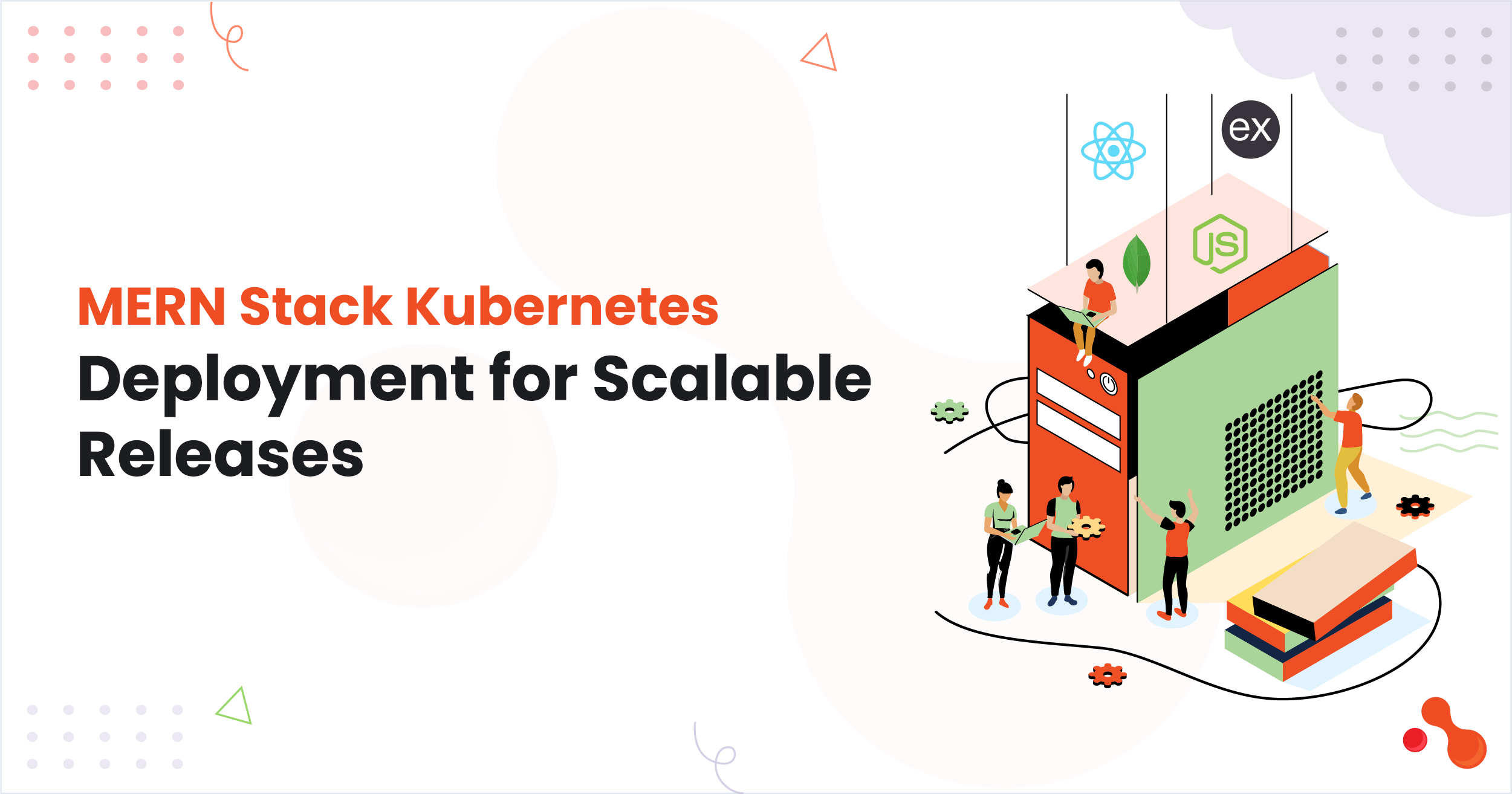In the dynamic digital landscape, a robust online presence is vital for business success. This blog explores the critical process of selecting the most suitable web design solution to effectively engage users and achieve business goals. Understanding your business’s unique needs, such as the primary purpose of your website and your target audience, is the foundational step in this journey. The blog highlights various web design options, including custom web design, website builders, e-commerce platforms, and mobile-first design, each catering to different business requirements.
Custom web design offers the ultimate flexibility and uniqueness, allowing businesses to align their website precisely with their brand identity and objectives. Website builders like WordPress, Wix, and Squarespace provide user-friendly platforms for easy website creation without extensive coding skills. E-commerce platforms cater specifically to online selling needs, while mobile-first design ensures optimal user experiences on various devices. Landing page design and one-page websites offer focused solutions for specific marketing campaigns or simple online presences, respectively.
To make an informed choice, key considerations must be evaluated. Scalability, user experience (UX), SEO-friendliness, budget, maintenance and support, customization, integration, and security are all vital factors. Striking a balance between customization and budget is crucial, as is ensuring seamless integration with other business tools and platforms. The selected solution should prioritize user experience, as well as security for user data.
Understanding Your Business Needs
Before you embark on the journey of selecting a right web design solution, it’s imperative to gain a deep understanding of your business’s unique needs and goals. Take the following questions into account:
Primary Purpose: What is the primary objective of your website? Are you looking to showcase products, provide information, generate leads, or perhaps a combination of these goals?
Target Audience: Who is your target audience? Understanding their preferences, browsing habits, and expectations is crucial for tailoring your website to their needs.
Features and Functionality: Do you require specific features such as e-commerce capabilities, a blog, booking systems, or any other functionalities?
Budget: What is your budget allocation for web design and development? Understanding your financial limitations can help guide your decision-making process.
Exploring Different Web Design Solutions
Several web design solutions cater to different business requirements. Let’s explore some of the popular options available:
Custom Web Design
If you’re seeking a unique and tailored online presence, custom web design might be your best choice. Collaborating with a professional web design agency or developer allows you to create a website that aligns precisely with your brand’s identity and goals. From the layout and color scheme to features and functionality, every aspect of the website is crafted to showcase your business in the best light. While this option may involve a higher investment of time and resources, the results can be truly exceptional, making it ideal for businesses with distinct branding needs.
Website Builders
For those looking for a more accessible and cost-effective solution, website builders offer a user-friendly way to create websites without extensive coding expertise. Platforms like WordPress, Wix, and Squarespace provide templates and intuitive drag-and-drop editors, simplifying the design and management process. These solutions are particularly well-suited for small businesses or individuals who prioritize efficiency and ease of use. However, keep in mind that customization options might be limited compared to custom designs.
E-Commerce Platforms
For businesses focused on online sales, dedicated e-commerce platforms like Shopify, Magento, and WooCommerce (for WordPress) provide specialized features to streamline your online store operations. These platforms offer tools for managing inventory, integrating payment gateways, and processing orders efficiently. They are designed to create seamless shopping experiences for your customers, enhancing their satisfaction and boosting your sales.
Mobile-First Design
As mobile devices dominate internet usage, adopting a mobile-first design approach is essential. A mobile-responsive website ensures that your content is displayed optimally across various screen sizes, enhancing user experience and search engine rankings. Google also considers mobile-friendliness as a ranking factor, making this design strategy critical for effective SEO.
Landing Page Design
For targeted marketing campaigns, landing pages are a valuable tool. These pages are designed with a specific goal in mind, such as promoting a product, collecting leads, or encouraging event registrations. By focusing on a single objective, landing pages maximize conversions and guide users toward taking desired actions. Platforms like Unbounce and Instapage facilitate the creation of optimized landing pages.
One-Page Websites
Simple and concise, one-page websites present all essential information on a single page. These websites are particularly effective for businesses that require a straightforward online presence. However, they may not be suitable for businesses with extensive content or complex functionality needs.
Considering Crucial Factors
When selecting a web design solution, consider these essential factors to ensure your decision aligns with your business’s goals:
Scalability: Choose a solution that can accommodate your business’s growth and evolving needs without requiring significant redesigns.
User Experience (UX): Prioritize a seamless and intuitive user experience, focusing on easy navigation, quick loading times, and visually appealing design.
SEO-Friendly: Opt for a solution that allows for effective implementation of SEO strategies, including customizable meta tags, structured data, and clean code.
Budget: Balance your budget constraints with the features and level of customization you require. Factor in both initial costs and ongoing maintenance expenses.
Maintenance and Support: Evaluate the level of ongoing maintenance and support required for each solution. Some platforms may need regular updates and security patches.
Customization: Determine the degree of customization you need. Custom solutions offer the most flexibility, while template-based options can expedite the setup process.
Integration: If your business relies on specific tools or platforms, ensure your chosen web design solution can seamlessly integrate with them.
Security: Prioritize security features to protect user data and maintain the integrity of your website, especially if you handle sensitive information.
In Conclusion
The process of selecting the ideal web design solution for your business is a pivotal step that can significantly impact your online success. By understanding your business’s unique needs and goals, exploring various design options, and considering key factors, you can make an informed decision that aligns with your brand and objectives. A well-designed website not only enhances your credibility but also acts as a powerful tool for attracting, engaging, and retaining customers in the competitive digital landscape.




